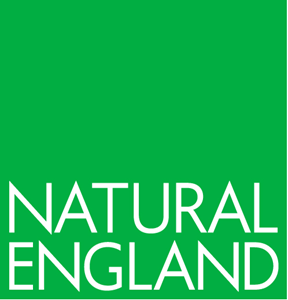Bat mitigation licences: glossary
Updated 15 October 2025
Applies to England
1. Roles and responsibilities
1.1 Applicant
The applicant is the person submitting the application. This will usually be the landowner or occupier. If the licence is granted, the applicant will become the licensee.
The applicant can appoint agents to complete the application and act on their behalf.
An ecologist with expert knowledge of the relevant species must help you to prepare and deliver the proposals and make sure protection requirements can be met.
1.2 Licensee
The licensee is responsible for making sure all activities carried out on site meet the terms and conditions of the licence.
Anyone authorised to act under the licence must meet all licence terms and conditions and make sure others understand and comply with them (see Regulation 60(1) of the 2017 Regulations as amended). If you do not comply with the licence you could be prosecuted.
1.3 Named ecologist or consultant ecologist
The named ecologist must be a professional ecological consultant. They’ll need to demonstrate to Natural England that they have skills, knowledge and experience of the relevant species. They are responsible for doing or overseeing the work relating to the European protected species on site.
They must meet all licence terms and conditions and make sure others understand and comply with them. They are responsible for advising the licensee on the suitability and competency of any accredited agents or assistants employed on the site. They may sometimes need to supervise assistants.
You can find out more about the experience needed to become a named ecologist in the archived Natural England guidance for ecologists and developers.
1.4 Accredited agent
An accredited agent is someone trained and experienced who can carry out work under a licence without the personal supervision of the named ecologist.
The licensee must appoint any accredited agents and send them a signed letter confirming the appointment. The agent must carry a copy of this letter when acting under the licence. They’ll need to show it to any police or Natural England officer on request.
1.5 Assistant
An assistant is someone assisting a named ecologist or accredited agent. Assistants are only allowed to act under the licence whilst being directly supervised by the named ecologist or an accredited agent.
2. Methods and field techniques
2.1 Destructive search by soft demolition
This involves taking apart of a bat structure in a controlled and careful manner under direct ecological supervision. It can be done:
- by hand
- using hand-held tools and machinery
Only the named ecologist, accredited agent or a directly supervised assistant may use this method or take any bats found.
2.2 Mechanical demolition
This involves mechanical destruction of a structure that previously supported a bat roost. It must only be done after the structure has been declared free of bats by the named ecologist or accredited agent. It’s usually only done after a soft demolition exercise or an exclusion process.
3. Bat roosts
3.1 Day roost
Somewhere individual bats, or small groups of males, rest or shelter in the day but are rarely found by night in the summer.
3.2 Night roost
Somewhere bats rest or shelter in the night but are rarely found in the day. May be used by a single individual on occasion or could be used regularly by the whole colony.
3.3 Feeding roost
Somewhere individual bats or a few individuals rest or feed during the night but are rarely present by day.
3.4 Transitional roost
Somewhere used by a few individuals or occasionally small groups for generally short periods of time after waking from hibernation or before hibernation.
3.5 Swarming site
Somewhere large numbers of males and females gather during late summer to autumn. These appear to be important mating sites.
3.6 Mating sites
Somewhere mating takes place from later summer and can continue through winter.
3.7 Maternity roost
Somewhere female bats give birth and raise their young to independence.
3.8 Hibernation roost
Somewhere bats may be found individually or in groups during winter. They have a constant cool temperature and high humidity.
3.9 Satellite roost
An alternative roost close to the main maternity roost used by a few individual breeding females or small groups of breeding females throughout the breeding season.

